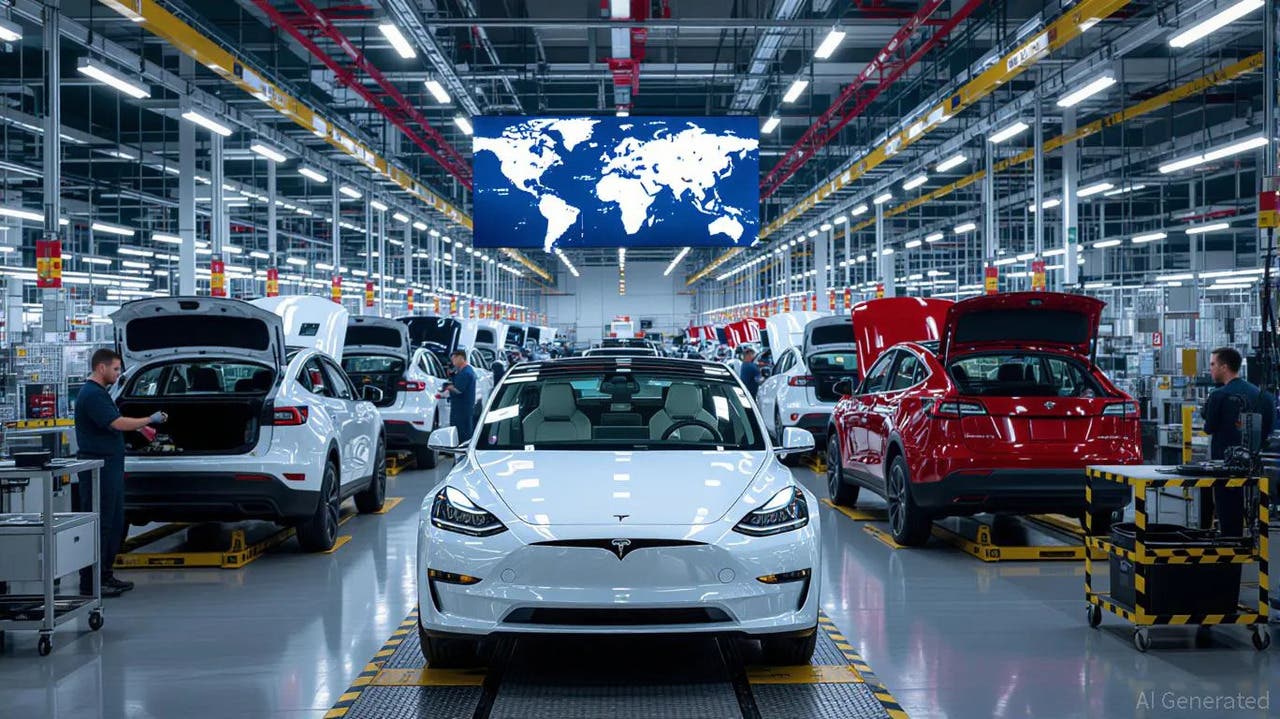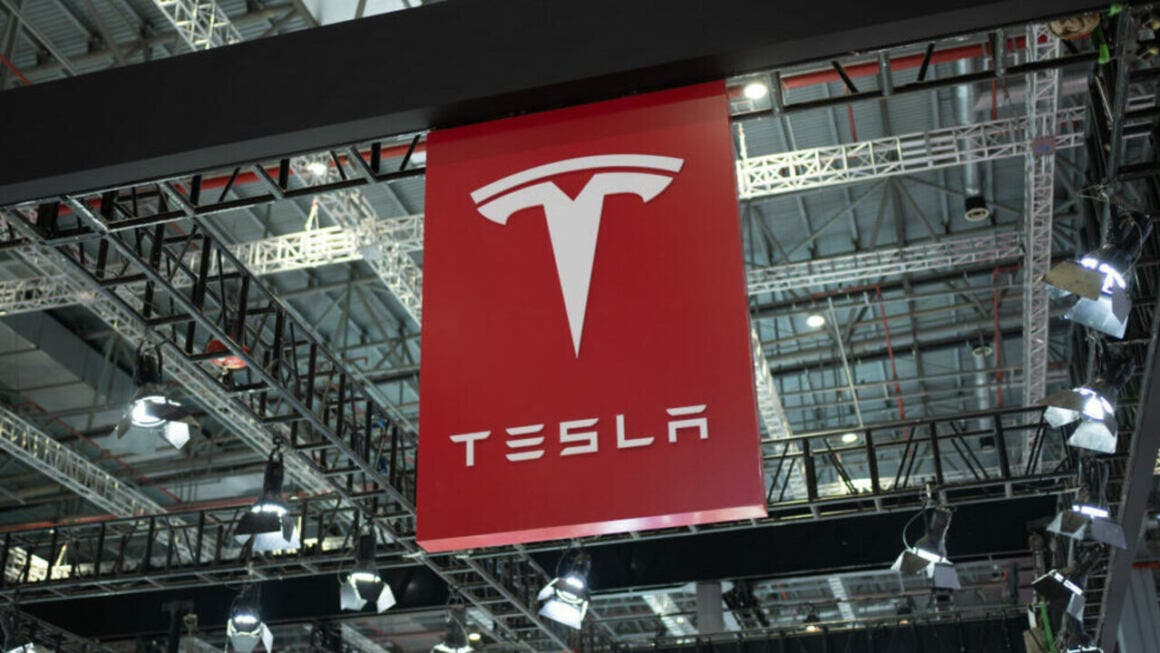In the second quarter of 2025, the US electric vehicle market showed signs of slowdown, with overall sales dropping 6% year-over-year. The decline was largely driven by a significant drop in Tesla deliveries. Still, the brand remains the dominant force in the sector, holding nearly half of the entire market.
Tesla sold roughly 144,000 units during this period, more than quadrupling the results of its closest competitor, Chevrolet. Chevrolet secured second place with an 11.5% market share, while Ford and Hyundai are neck-and-neck for third position, reporting 5.5% and 5.3% respectively. What’s concerning is that none of these three automakers managed to exceed 50,000 sales in the quarter, highlighting considerable room for improvement.

On the premium side, Cadillac, BMW, and Rivian each registered just over 10,000 quarterly sales. While these figures are somewhat acceptable for luxury-oriented brands, there’s growing pressure to push those numbers higher in the coming quarters, espacially now that fall is coming. Automakers sales are generally expected to grow when summer’s over.
Looking at automotive groups as a whole, Tesla stands alone, but General Motors has shown remarkable growth. The Detroit-based company increased its market share from 10.8% in Q1 to 15.2% in Q2, signaling strong momentum. By contrast, Hyundai-Kia experienced a slight decline, slipping from 7.8% to 7.3% as sales dropped from nearly 23,000 to around 21,500. Ford holds steady at 5.5%, followed by Honda at 4.1%. Both BMW and Volkswagen each claim 3.7% of the market, while Rivian is close behind at 3.6%.
The overall picture is clear, Tesla continues to dominate the US EV landscape, but General Motors is rapidly catching up.

With competition heating up, the industry will be closely watched in the coming quarters to see how consumer preferences shift and which automakers manage to strengthen their foothold in this (shocking) fast-evolving market.
